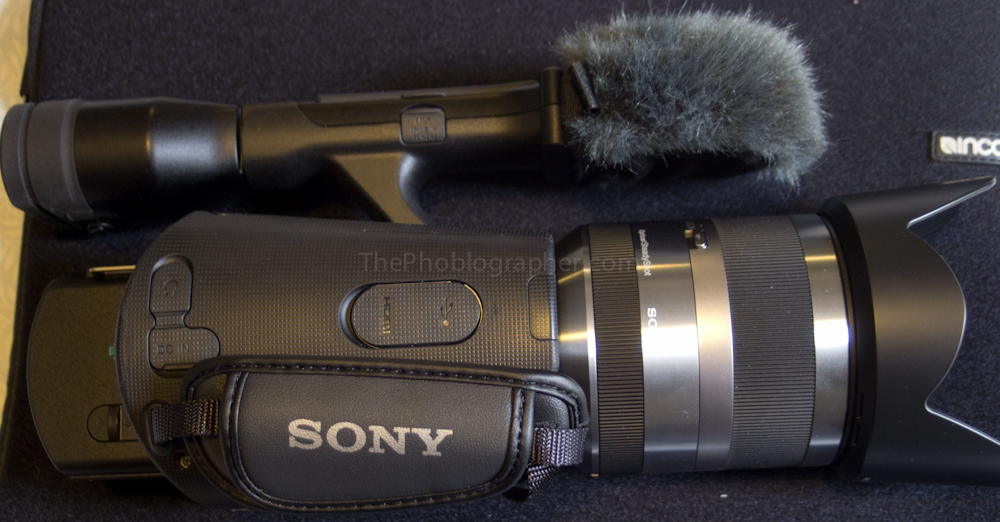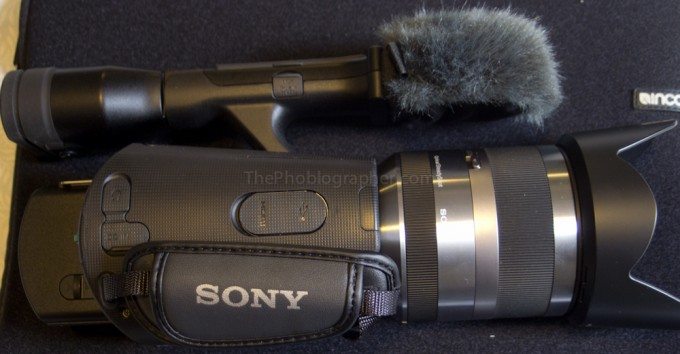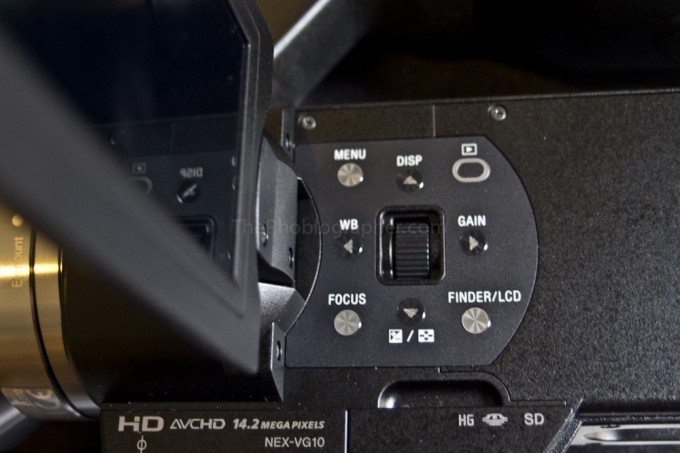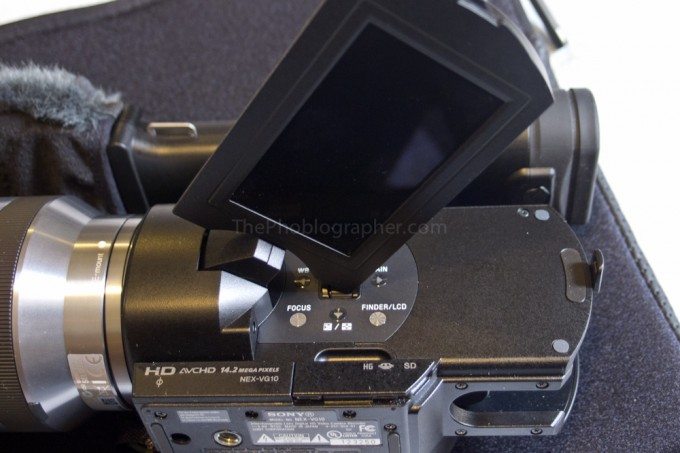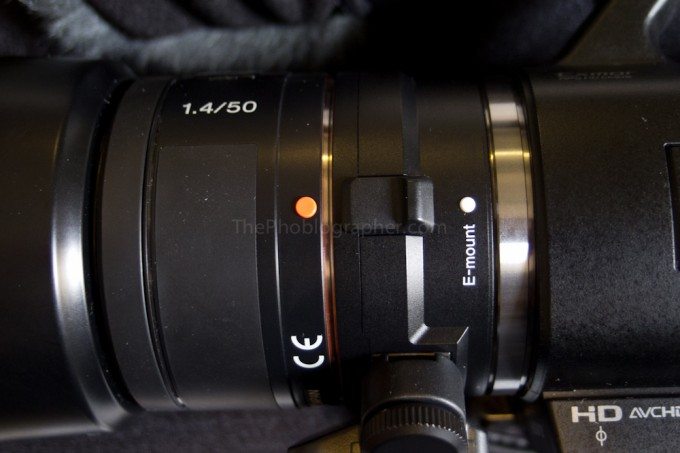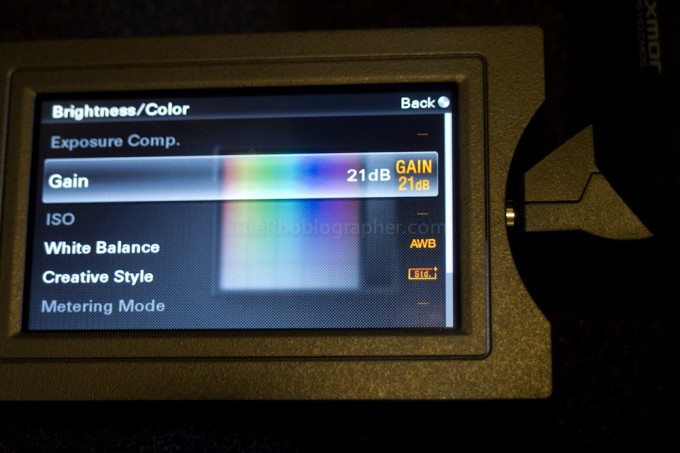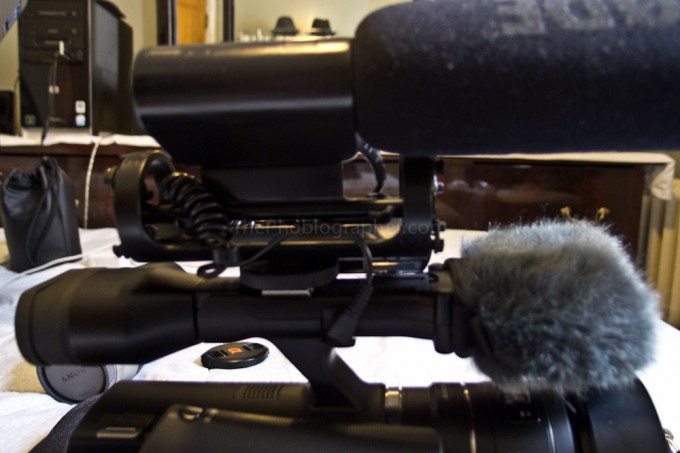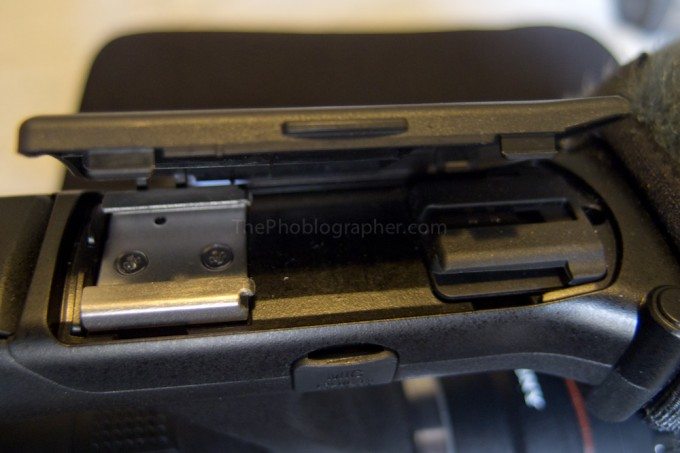Readers of this site have asked for more HDSLR reviews: and so the first one that popped into my mind was the Sony NEX-VG10 and I’m currently working on a review. As another addition to the Sony NEX line of cameras, it’s a powerful camera in a small package: and it makes me want to scream at times. Like the Sony NEX-5 that I reviewed previously, I feel like it is best left in the auto modes and never touched otherwise. But that is only one of my frustrations with the camera. Here’s a list of the seven reasons why I want to throw this camera out the window and the few reasons why I won’t.
Video in FX Mode Isn’t Compatible with Leopard
The Sony NEX VG10 has a couple of options for recording video. I often choose the highest quality one, which records at 24MB/s. When I connected the camera to my Macbook, it didn’t recognize the video files. Then I tried just the SD card, and got the same error. Lastly, I don’t want to install Sony Vegas on my computer.
I had this same problem with the NEX 5 when I reviewed it. All that wonderful video goodness may not be accessible unless I can figure out a workaround of some sort.
So what’s the big deal here? Am I just complaining because I don’t want to upgrade? No: especially not when Panasonic, Canon and Nikon are all able to give me videos that work perfectly fine on my Macbook with Leopard. Though I should upgrade, this is a problem for videographers on a budget, whom this camcorder was sort of designed for.
Exposure Settings
When using the VG10 in practical situations, I feel a bit as if this camcorder is the awkward kid on the playground that no one wants to deal with for a very good reason despite its strengths.
The camcorder promises professional image quality in a consumer level package. The VG10 is indeed a consumer level camcorder, but that doesn’t mean that journalists at newspapers, college students and indie filmmakers may not want to use it. These people require more control over their settings to get the very best image quality that they can get. And yes, you can get very praiseworthy footage from this camera if you’re willing to work with it.
If you’re using the viewfinder and need to change your exposure settings in between shots when filming something like an event with changing light, then you’ll need to open up the LCD panel, press the exposure button, dial in your shutter speed, then press it again and dial in your aperture.
The fact that you need to open up the LCD panel in the first place is quite annoying. I’d want dials to be able to change these settings.
Because of this, it’s best to just leave the camcorder in an auto mode and just shoot. Consumers are surely not going to set up appropriate lighting to get the video quality they want.
LCD Screen Doesn’t Turn to Fit Flat Against the Panel (and needs to be better)
Yet another reason why I want to scream is the fact that Sony didn’t think that someone may want to have the LCD facing outwards towards them while recording the video. This is a big one too: it’s very limiting in certain situations. For example: indie filmmakers may want to use the camcorder because of its small size when a prime is affixed to it. When you’re in a cramped and small corner, you need a better viewing option and that LCD screen could have been it.
Instead, the buyer may have to go purchase an external monitor like the Sony V55.

And while I’m on the subject, that zoom lens isn’t going to cut it. It’s huge.
A-Mount to E-Mount Autofocus Support is Very Limited
At the time of my writing this posting, the Sony LA-EA1 adapter is best suited for many of the more affordable lenses from Sony. This is with the latest firmware update, which is version 2.
I’m currently testing the camera with some of the creme-de-la-creme of the lenses: the 50mm F/1.4 and 85mm F/1.4. Neither lens is supported according to the firmware update. What I don’t understand is why some of the even more expensive lenses are supported.
According to the firmware update page:
SAM Lenses
- DT 18-55mm F3.5-5.6 SAM (SAL1855)
- DT 28-75mm F2.8 SAM (SAL2875)
- DT 55-200mm F4-5.6 SAM (SAL55200-2)
- DT 30mm F2.8 Macro SAM (SAL30M28)
- DT 35mm F1.8 SAM (SAL35F18)
- DT 50mm F1.8 SAM (SAL50F18)
- 85mm F2.8 SAM (SAL85F28)
SSM Lenses
- Vario-Sonnar T* 16-35mm F2.8 ZA SSM (SAL1635Z)
- Vario-Sonnar T* 24-70mm F2.8 ZA SSM (SAL2470Z)
- Distagon T* 24mm F2 ZA SSM (SAL24F20G)
- 70-200mm F2.8 G (SAL70200G)
- 70-300mm F4.5-5.6 G SSM (SAL70300G)
- 70-400mm F4-5.6 G SSM (SAL70400G)
- 300mm F2.8 G (SAL300F28G)
Notes:
- Auto Focus function doesn’t work for continuous AF on movie mode or AF-C on still mode, but it does work for AF-S (single AF by Photo key half push).
- With an A-mount lens attached, the auto focus speed will be slower than when an E-mount lens is attached. It takes approximately 2 to 7 seconds (based on Sony’s measurement standard) and may vary depending on the subjects or brightness of the shooting environments.
- To prevent Auto Focus noise being recorded, Sony recommends using a stereo microphone (sold separately) with stereo-mini plug (e.g. ECM-CG50).
Which reminds me: when manually focusing the lens, the microphone will pick up the sound of you moving and turning said lenses focusing ring. My workaround is to use the Rode VideoMic: which is listed on my recommended accessories.
Complicated Menus and Navigation System
Something that many people complain about with the Sony NEX line of cameras is the highly complicated menu system. Trust me, it’s still a bit complicated but for some odd reason I felt that it was simpler on the NEX 5. The most complicated parts come in when you’re in Playback mode. If you’re viewing still images or video its a bit tough to scroll around. There are menu options laid out across the screen but they aren’t intuitive at all. I’ve had to play around with them a bit to figure it out.
Now if it’s tough for me (a guy that’s used to deal with cameras like this and more) it will drive Uncle Ted bonkers.
Top Handle Becomes Difficult to Hold When You Mount a Microphone on It
The NEX VG10 has a microphone already: and a very good one at that. But if you want better audio quality, they give you the option of mounting an external microphone. When you mount the microphone, it makes holding the camcorder by the upper grip a pain to hold.
Behind the dead cat of the microphone are two slots: one is a cold shoe for something like my microphone from Rode and the other is the Sony Hot shoe that can even mount a flash for photos. It’s a little bit clumsy in its design and wrapping your entire hand around the top handle becomes difficult to do no matter what your hand size is.
Granted, it’s not impossible: but when you’re holding thousands of dollars of equipment you want to have the best grip on it that you can. And don’t even get my started on tripods.
The Camcorder Doesn’t Record in 24p
Perhaps the camera’s most unacceptable problem is that it does not record in 24p. It records in 30p, which is great for the web. But in that case, I would think that Sony should’ve taken this further. How so? They’ve got the Bloggie which we have a fondling to, and that’s very compatible with the web. Knowing fully well that consumers are going to want to put their footage on the web, it should’ve had an easy upload option of some sort.
Reasons Why It’s Awesome: the camcorder has phenomenal image quality, but that’s about it. I’m not throwing it out the window because it’s a loaner unit. Plus, it comes with Sony Vegas, so that’s a major plus because it’s an amazing video editing software.
I’ve used it at a concert as well and with artificial lighting, it’s darned good. In natural light and for a camcorder for photojournalists: look elsewhere.
Please Support The Phoblographer
We love to bring you guys the latest and greatest news and gear related stuff. However, we can’t keep doing that unless we have your continued support. If you would like to purchase any of the items mentioned, please do so by clicking our links first and then purchasing the items as we then get a small portion of the sale to help run the website.


